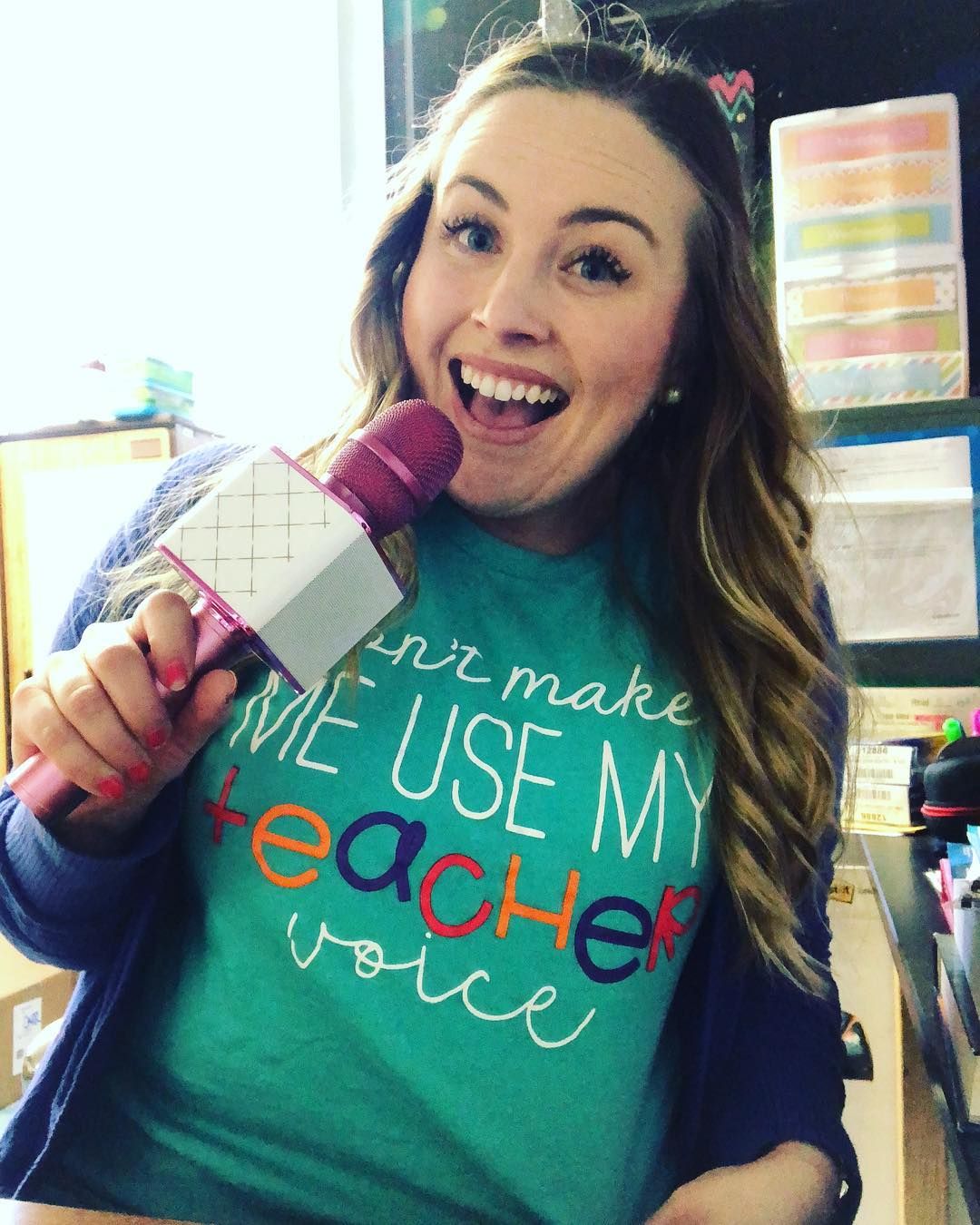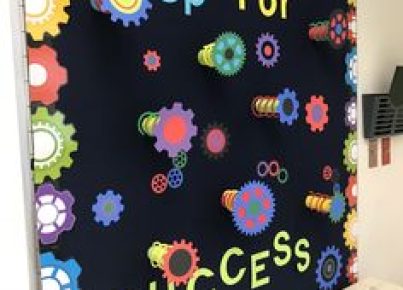Introduction:
Imagine a classroom where every student can hear their teacher’s instructions clearly, without the worry of missing key information due to poor acoustics or noisy environments. Sounds like a utopian dream, right? Well, that dream is slowly turning into a reality as creative teachers are finding innovative ways to use microphones to enhance their instruction and maximize student engagement. In this article, we will explore some of the unique methods educators are adopting in order to rock their instruction using microphones.
1. Voice Amplification:
One of the most apparent benefits of using a microphone in the classroom is voice amplification. Teachers with soft voices or who teach in larger classrooms often struggle to maintain students’ attention due to the challenges of reaching every student acoustically. By using a microphone, these teachers can ensure that all students hear their instructions and information clearly, boosting engagement and reducing misunderstandings.
2. Reducing Vocal Strain:
Frequent shouting or raising one’s voice can lead to vocal strain and potential long-term damage for educators. With a microphone, teachers can reduce the risk of vocal strain by speaking at normal volumes while still being heard clearly by their students. This benefits not only the teacher’s well-being but also promotes a calmer and more focused learning environment.
3. Hands-free Teaching:
By using wireless microphones or headset systems, educators can move freely around the classroom while still being heard by their students. This increased mobility encourages active learning, as teachers can spontaneously interact with individual students or groups without being restricted by a fixed location.
4. Audio Recording Lectures:
Instructors can take advantage of microphones to record their lectures for later review, enabling absent students or those needing additional reinforcement to benefit from verbal instructions multiple times. These recordings can also be shared online for remote learners or serve as valuable resources for flipped classrooms.
5. Enhancing Presentations and Multimedia:
With the integration of microphones, multimedia presentations have become more engaging and interactive. Educators can play videos or other audio clips while providing live commentary, ensuring the audio quality is consistent throughout the presentation. Additionally, using microphones for group presentations enables each student to be heard clearly, boosting both confidence and the effectiveness of their delivery.
6. Supporting Students with Hearing Impairments:
Microphones play a significant role in creating inclusive environments for students with hearing impairments. By utilizing available technology such as FM systems or personal amplification devices, teachers can ensure that their voices are transmitted directly to hearing aids or cochlear implants, giving every student equal access to information.
7. Enhancing Distance and Online Learning:
The transition to remote learning has highlighted the importance of clear communication in virtual classrooms. A good quality microphone is essential for instructors teaching via video conferencing platforms, ensuring that their voice is transmitted clearly and without distortion to online students during both live and recorded sessions.
Conclusion:
As we have seen, creative teachers are embracing the potential of microphones to improve their instruction and facilitate a transformative learning experience for students. Voice amplification, improved accessibility, and enhanced interactivity are just a few of the many ways that teachers can rock their instruction using microphones, proving that sometimes, innovative solutions are simply a matter of tuning into new possibilities.





